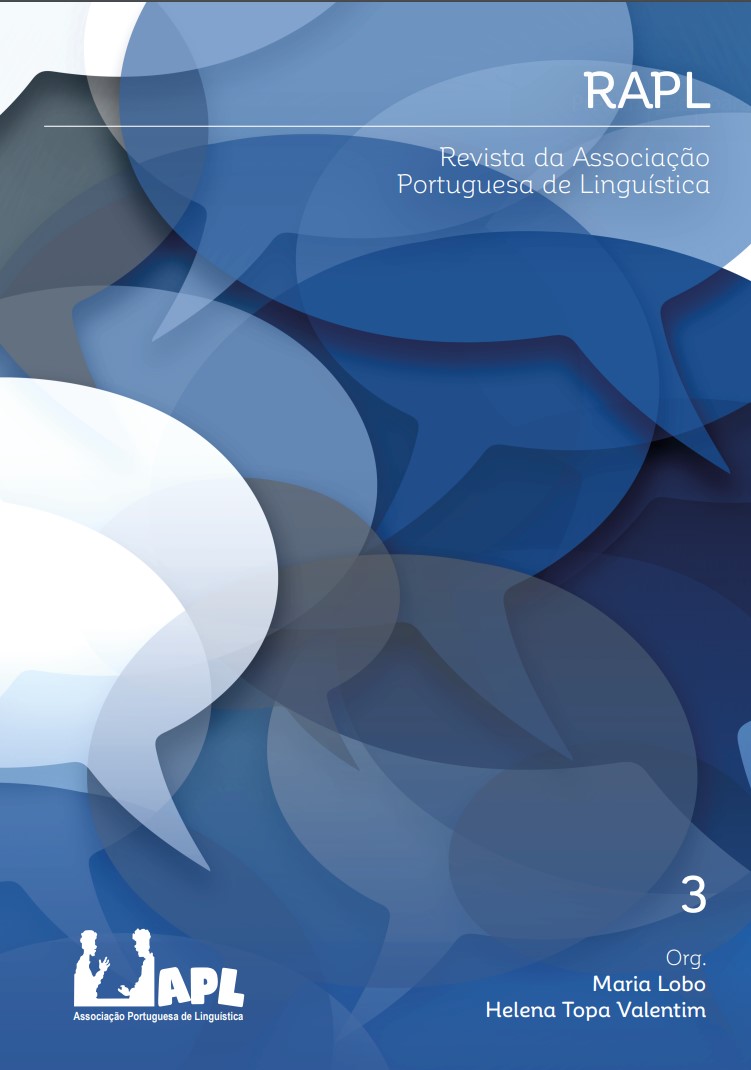Acquisition of cataphoric pronominal coreference in European Portuguese by Chinese learners
DOI:
https://doi.org/10.26334/2183-9077/rapln3ano2017a21Keywords:
backward anaphora, European Portuguese, Chinese, second language acquisitionAbstract
This paper aims to investigate how Chinese learners of European Portuguese as second language acquire backward anaphora in this language, analyzing the interpretation of overt pronoun in left-dislocated temporal adverbial adjunct. Two experiments were administered to test if the syntactic position and the proximity of antecedent are main factors to determine the interpretation by the native speakers of Portuguese and the Chinese learners, as well as if the learners are influenced by their first language. The first test illustrates that in Chinese the native speakers may fluctuate between three possible interpretations in backward anaphora structures, namely the matrix subject, matrix object and the antecedent in context. The second test demonstrates that the native speakers of European Portuguese also fluctuate between the three interpretations, while the Chinese learners do not tend to accept an antecedent in the context. The test also shows that the C1 level learners are more likely to accept the matrix subject as the antecedent of the embedded overt pronoun than the B2 level learners.
Downloads
Downloads
Published
How to Cite
Issue
Section
License
Copyright (c) 2017 Yi Zheng

This work is licensed under a Creative Commons Attribution-NonCommercial-ShareAlike 4.0 International License.
Authors retain copyright and concede to the journal the right of first publication. The articles are simultaneously licensed under the Creative Commons Attribution License, which allows sharing of the work with an acknowledgement of authorship and initial publication in this journal.
The authors have permission to make the version of the text published in RAPL available in institutional repositories or other platforms for the distribution of academic papers (e.g., ResearchGate).




